M/V Donny Mudgett: First Delivery in Hines Furlong’s 11-Vessel Newbuild Program

Hines Furlong Line has taken delivery of the M/V Donny Mudgett, the first vessel completed in its eleven-vessel newbuild program. Built at Intracoastal Iron Works in Bourg, Louisiana, the M/V Donny Mudgett is powered by three Mitsubishi Tier 3 S6R2-Y3MPTAW engines, each delivering 803 horsepower at 1,400 RPM.Donny Mudgett is the first of eleven vessels currently under construction at Intracoastal Iron Works and Eymard Marine Construction & Repair. The program includes five triple-screw and six twin-screw vessels…
NorthStandard, Core Power, LR Urge UK on Maritime Nuclear Power
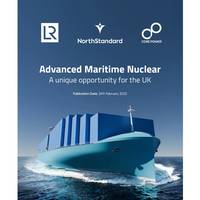
Core Power, NorthStandard, and Lloyd’s Register (LR) jointly published Advanced Maritime Nuclear: A unique opportunity for the UK. The new paper sets out a policy framework for the UK Government to support the deployment of advanced small nuclear reactors on commercial ships and FNPPs. The report argues that the Department for Transport should include nuclear-powered shipping and FNPPs in an updated Clean Maritime Plan (CMP) and long-term nuclear strategy.In the foreword to the paper…
INSIGHTS: Timo Vesala, ABB Marine & Ports
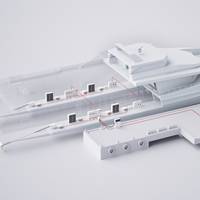
Timo Vesala, Account Manager, Americas, at ABB Marine & Ports, is responsible for newbuild sales in the Americas market. Since joining ABB in 2018, he has gathered extensive experience in the marine industry with a focus on electrification and propulsion systems. He holds a Master’s Degree in Mechanical Engineering from Aalto University, Finland, and has a passion for clean technology and maritime decarbonization. This month, in our annual Power & Propulsion edition, he weighs…
With CAT’s Methanol Engines, Sustainable Shipping is Possible

Recently, MarineNews sat down with Will Watson, Caterpillar Marine’s Product Manager, to discuss its rapidly emerging methanol engine development. Caterpillar Marine has already taken a considerable step forward in sustainability by planning to offer an upgrade kit for its methanol-fueled, dual-fuel Cat 3500E series engines. The immediate and long-term goal is to quicken the maritime industry transition to renewable energy.The initiative, announced at an international tug & salvage trade event…
Wabtec's Power Play
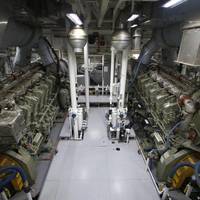
With shipowners pressed to upgrade machinery to meet strict new emission targets, there’s much confusion with chatter surrounding ‘decarbonization’ and ‘future fuels’, solutions that don’t exist today – and may not exist in mass for another generation – cluttering the conversation. Enter Wabtec, formerly GE Transportation, which today offers a Tier 4 compliant engine with no need for urea. Is it the cheapest propulsion solution on the market? No. But the Pennsylvania-based engine builder mounts a compelling case for its 250MDC diesel engine based on performance…
Wärtsilä, RINA Propose "Novel Propulsion Arrangement"
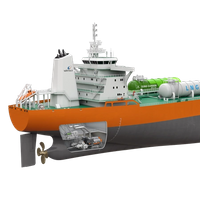
Wärtsilä and classification society RINA announced a 'novel propulsion arrangement' that is designed to offer the benefits of full redundancy, less machinery, lower capital expenditure, reduced operational complexity, and optimized fuel consumption. The conventional approach in ship design has been to use 2-stroke engines for propulsion and 4-stroke engines for electric power generation. The Wärtsilä / RINA arrangement requires just two 4-stroke dual-fuel (DF) engines, with options for electric power back-up from batteries or a small DF generator when the ship is idle.
Plug & Play: 'Microgrid in a Box' Promises to help Power Maritime's Future
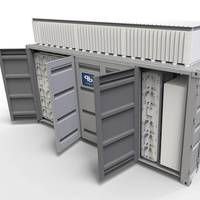
As the maritime industry searches for the means to meet ever tightening emission regulations, battery power sits at the center of future paths to decarbonization. Sterling PBES launched CanPower, an all-encompassing energy storage system (ESS) microgrid. The CanPower 'Microgrid in a Box' promises to add energy storage to virtually any vessel, without the need for complex design and build times.According to Sterling PBES, two of the main hurdles facing shipowners wishing to install ESS’ are the physical footprints of the systems and the complexity of the installation.










